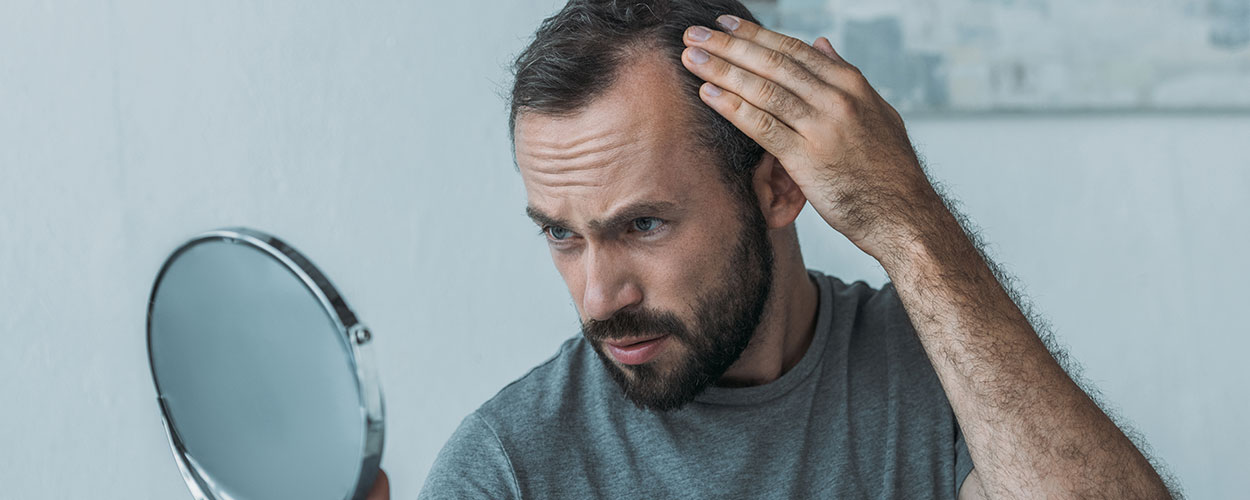Types of Body Hair Transplant
Body hair transplant, eyebrow hair transplant, is trending all over the world and is offered by the top hair transplant hospitals in India. Body hair transplants are performed using Follicular unit extraction (FUE) technique.
Some of the popular types of body hair transplant in India are:
Scalp Hair Transplant
This is the most popular procedure for the treatment of scalp baldness in men as well as women. Scalp hair is usually used for body hair transplantation and scalp hair restoration surgery is typically recommended even for body hair transplant as the best quality hair grafts can be obtained from the scalp. Both FUE and FUT hair transplant techniques can be used to ensure the aesthetic appearance from the surgery.
Facial Hair Transplant
This includes hair transplant for all kinds of facial hair including in beard, eyebrows, moustache, eyelashes. Facial hair transplant is a surgery to restore hair in the regions of the face where hair growth is lacking. The treatment is also used for people with thinning facial hair problem.
Eyebrow Hair Transplant
Eyebrows make an important part of the identity of a person. Many people experience eyebrow thinning due to some types of medical conditions or as part of the ageing process.
FUE hair transplant procedure is used for eyebrow hair transplant. Hospitals in India are equipped with modern techniques with high precision and accuracy to provide the best treatment.
Hair transplant experts in India form a customized eyebrow complimenting the facial features of the individual.
Moustache and Beard Hair Transplant
High-quality moustache and beard hair transplantation in India is available at an affordable price. Many men have trouble with facial hair growth or patchiness because of scarring or some genetic problem.
Best Hair transplant clinics in Delhi use Follicular Unit Extraction (FUE) hair transplant techniques for restoring facial hair. This is a minimally invasive procedure in which the hair density of the moustache is fulfilled in different parts of the person’s face.
The time taken for this procedure can vary from three to nine hours, depending on the area being treated.



